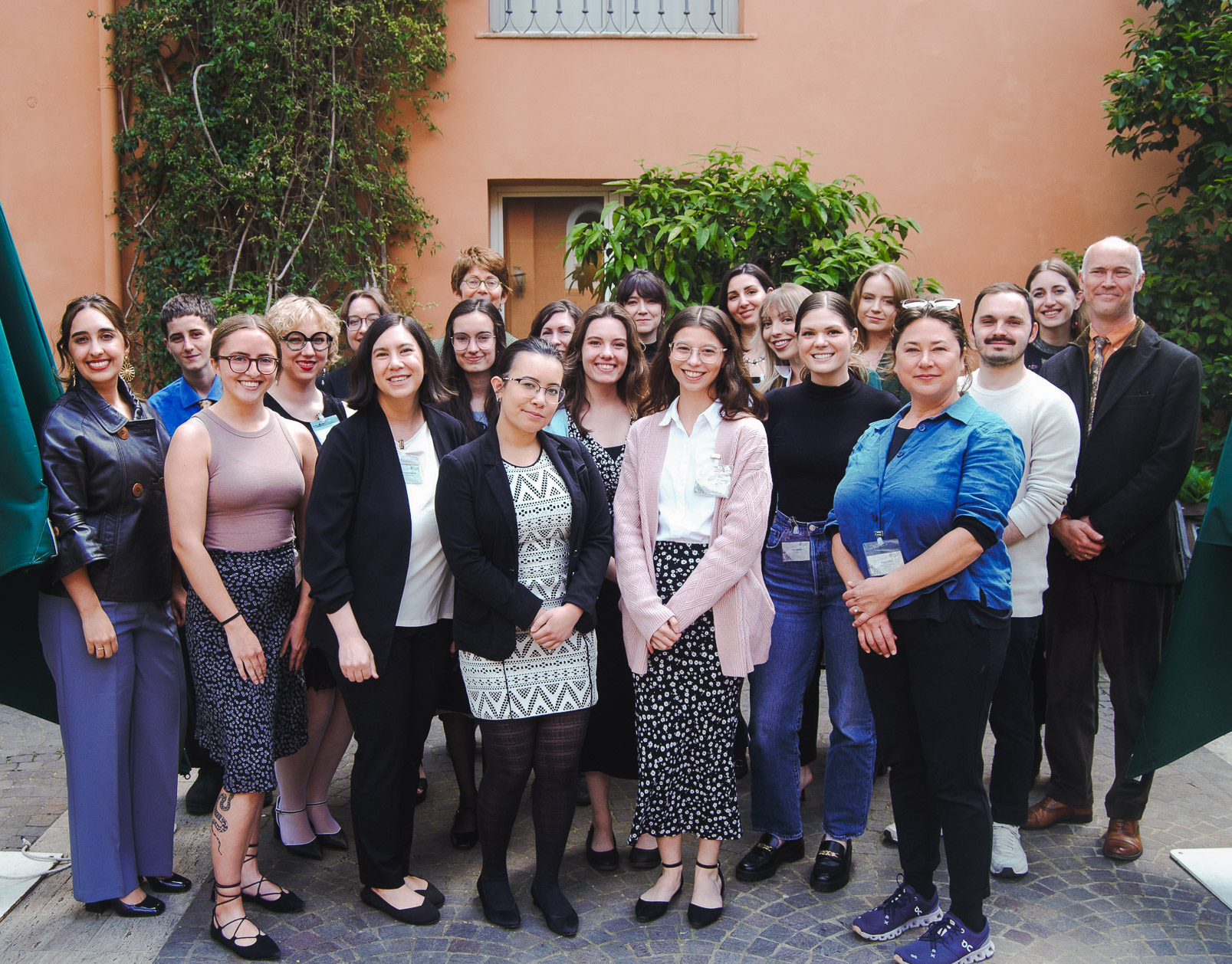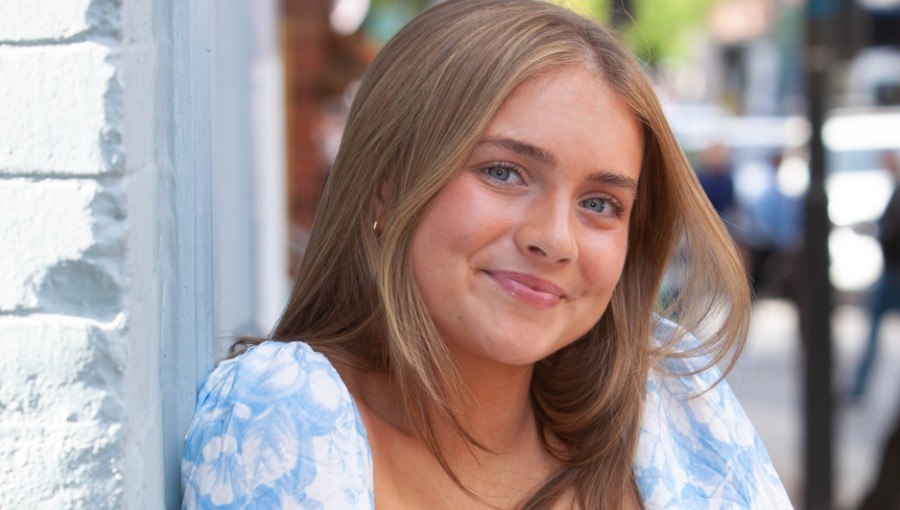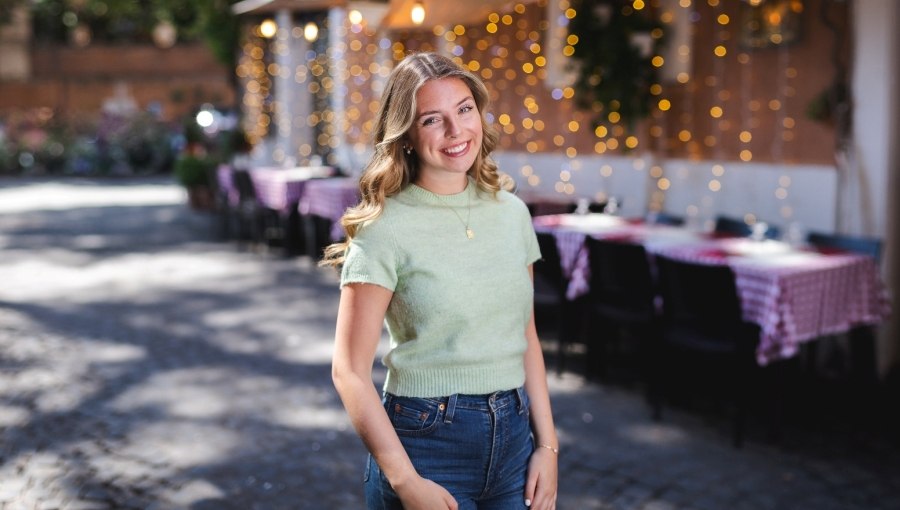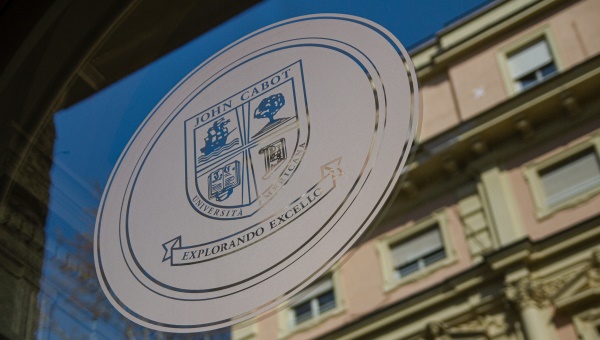JCU Presents "Trastevere by the Meter Squared" Conference
On the weekend of April 20-21, John Cabot University hosted the international conference “Trastevere by the Meter Squared (Trastevere m2)” . This meeting of scholars from the U.S. and Italy delved into the environmental, architectural, visual-material, and social history of Trastevere, one of Rome’s oldest, most cherished neighborhoods.

Professor Lila Yawn, Academic Director of the MA in Art History and organizer of the event, started the conference by explaining the themes of the research and introduced Professors Nicola Camerlenghi and Laura Foster, who delivered keynote lectures. Camerlenghi, (Associate Professor at Dartmouth University and Principal of the Senior Research Team of the Interactive Nolli Map Website), provided insights about the use of historical prints, maps, and digital technology to reconstruct the medieval towerscape of Trastevere. JCU Professor Laura Foster focused on institutions for housing and employing the poor between the Counter-Reformation and the eighteenth century in the monumental complex of San Michele a Ripa, along the Tiber River.
“For six years now, students in my MA Research Practicum have been exploring the history of JCU’s campuses in Trastevere through direct observation and deep dives in Roman archives, and their findings have been surprising, often thrilling. Who’d have imagined, for example, that the building that now houses our Art History Office and classrooms was a lively hostelry owned by the Farnese family in the age of Caravaggio? Or that the palazzo where JCU’s IT Office currently lives was a state-of-the-art silk factory in the late 1700s, staffed by women and powered by water from the Acqua Paola aqueduct?” said Professor Yawn.
Other sessions of the conference featured presentations of unpublished archival findings on the history of John Cabot University’s campus near Porta Settimiana, in Via della Lungara. From their inception in the late 1500s through the nineteenth century, these complexes underwent remarkable functional transformations, housing lively and long-lived hostelries, stables, workshops, residences, wax and textile factories, and, for a time, one Europe’s greatest private museums of ancient Roman sculpture. Notable families, including the Farnese, Riario, Fratellini, and Torlonia, played pivotal roles in the evolution of these spaces.
Additional conference papers shed light on the history of wool and silk-working along Via delle Fornaci (now Via Garibaldi), JCU’s Gianicolo Residence in the nineteenth and twentieth centuries, and the Salesian recreational center for girls that occupied the buildings that now constitute John Cabot University’s Guarini Campus between 1903 and 1968. The event concluded with a roundtable on the future of the Trastevere m2 conference, which, by unanimous agreement of the participants, will continue in future years.
“To my surprise and delight, MA alumni flew in from as far away as London, Amsterdam, Wisconsin, and Colorado to present their research and reconnect with their colleagues and with Rome. We’ll be doing it again next April, this time extending a call for papers to the broader English and Italian-speaking scholarly communities, with the hope of widening the conversation further and stimulating more research on this amazing neighborhood we have the immense privilege of living and studying in,” added Professor Yawn.
See the conference program.
(Simone Boncoddo)





